My interest in Gibbons comes from being an amateur woodcarver. Like many other carvers, the first time I saw pictures of his work, I was amazed at the intricacy and delicacy he produced with wood. The attributes I found interesting are high relief, apparent thinness of leaves and petals, and piercing or layering that produces airiness. Seeing the work in person simply amplified the realization of how deep and thin and airy Gibbons’ work actually is. I also saw during my trip to London, to see Gibbons’ work in person, other work that was carved “in the style of Gibbons.”
In the late 17th and early 18th century carving in the style of Gibbons was lucrative. Gibbons had “upped the ante,” raised the bar of woodcarving techniques. Demand for his work was very high. Gibbons employed many carvers in his shop and trained them to work in his style. But Gibbons’ shop couldn’t meet the demand.
Other carvers stepped up to fill the commissions Gibbons could not do. Imitation brought a lot of money to many carvers who worked in the style of Gibbons. Some of their work was quite good, but not as good as Gibbons when you look carefully. For example, the pulpit at All Hallows Church is expressly described as “in the style of Gibbons.” The things that make it “in the style of Gibbons” are flowers, fruit and putti, but what’s missing are depth, thinness and airiness. Other imitations were quite poor. In the end, imitation might have brought money, but history records few of the imitators’ names.
Three centuries later people are still inspired by how Gibbons carved. I’m sure there are many, but I have chosen to describe several carvers in particular. I knew of three of these carvers long before we planned our Gibbons tour and mentally compared their “in the style of” with the real Gibbons pieces, as well as the other “in the style of” carvings we saw. I learned of the fourth carver only recently after seeing her film about carving a replica of Gibbons’ cravat.
As you will see, each of these carvers expressly mentions Gibbons when describing certain pieces of their work. The most important point, however, is that each went far beyond imitation to create their own individual styles and strengths that are not only masterful, but unique, and “beyond” Gibbons. Each of these carvers has developed styles and techniques that are unique. They might have been inspired by Gibbons at some point, but have shaped the carving techniques to their own interests, and stand today not as imitators, but as masters of their own visions.
I must thank them for their generosity. I always ask permission to publish the work of other people. I asked each of these artists for permission to use one or two images. Each of them answered that I could bring you any of their images, and even sent along a few pictures that are better than those on their websites. THANK YOU Patrick, Alexander, David and Clunie!
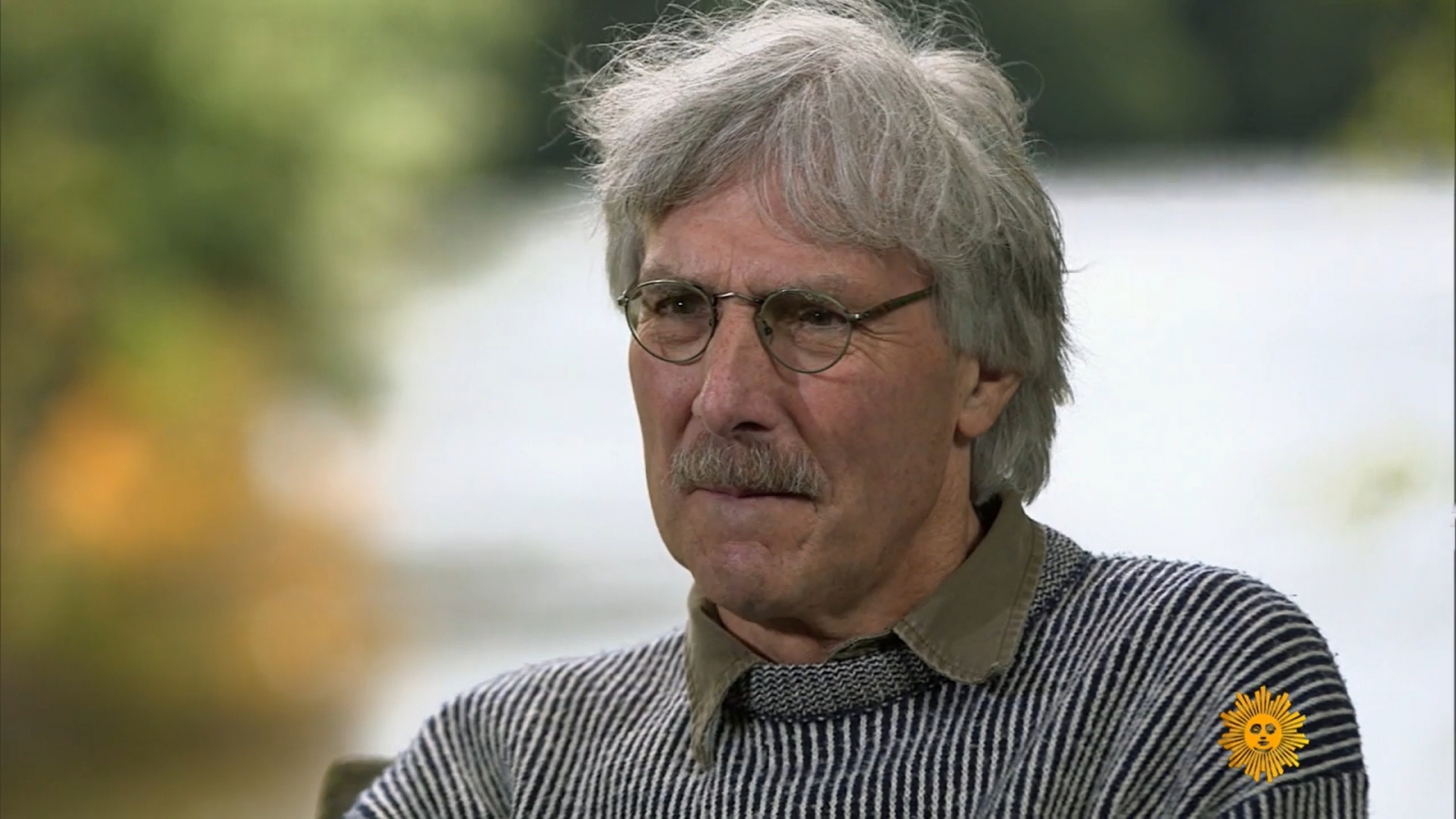
For those who have researched Gibbons, you’ve likely come across David Esterly as the quintessential Gibbons expert of our time. He has researched Gibbons extensively, written books about Gibbons and carved like Gibbons. Others have heralded Gibbons’ work, but Esterly carved like Gibbons well enough to actually repair and replace damaged Gibbons carvings. More about David Esterly.
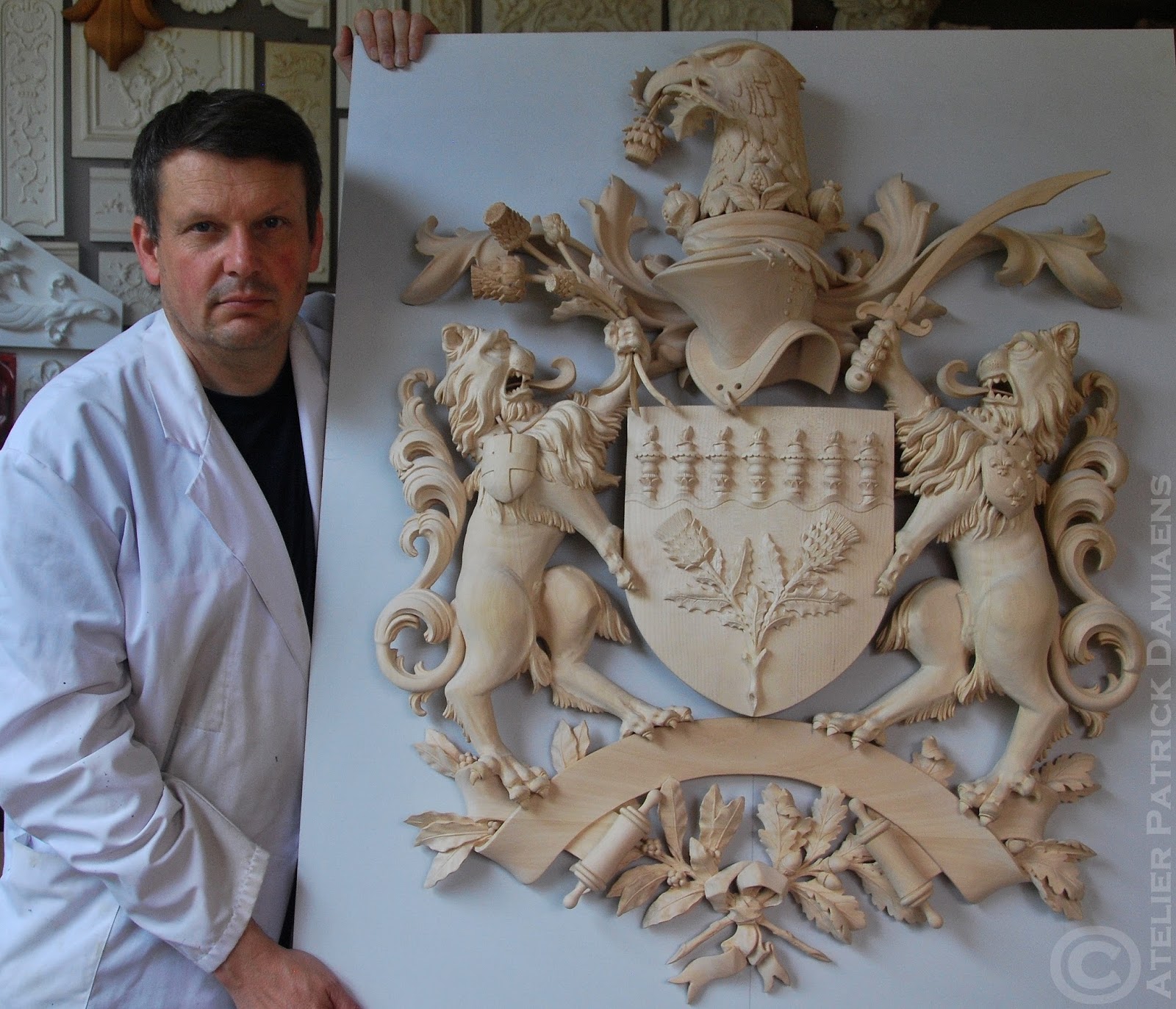
Patrick Damiaens, a Belgian, is a very accomplished carver who specializes in ornamentation for Liège-style furniture and heraldry, but has often created works that mimic both Gibbons and Esterly. More about Patrick Damiaens.
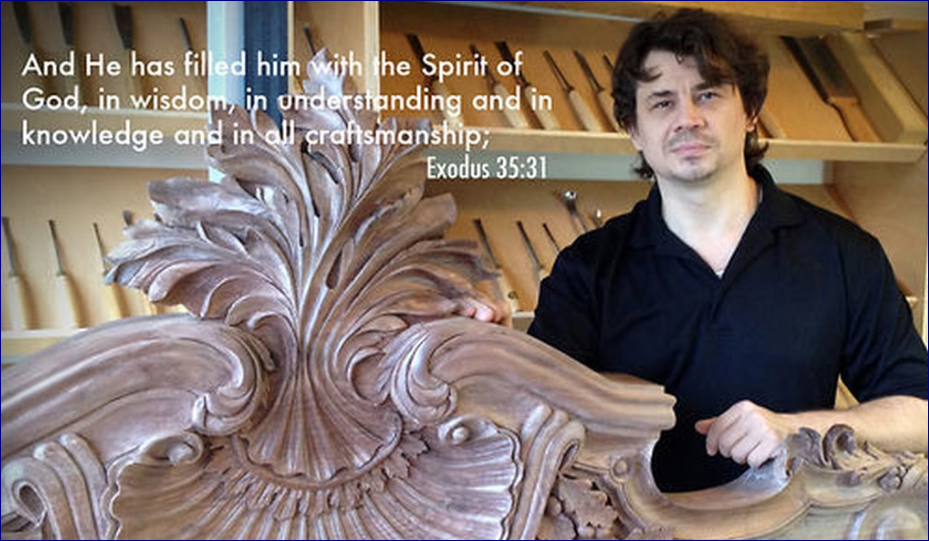
Alexander Grabovetskiy, a Floridian, previously Russian, is another exceptional carver who deftly blends Gibbons’ style into his own highly classical style. More about Alexander Grabovetskiy.
Clunie Fretton is a classically trained sculptor, carver & gilder, who graduated from City & Guilds of London Art School in 2015 with a Distinction in Ornamental Woodcarving & Gilding. More about Clunie Fretton.
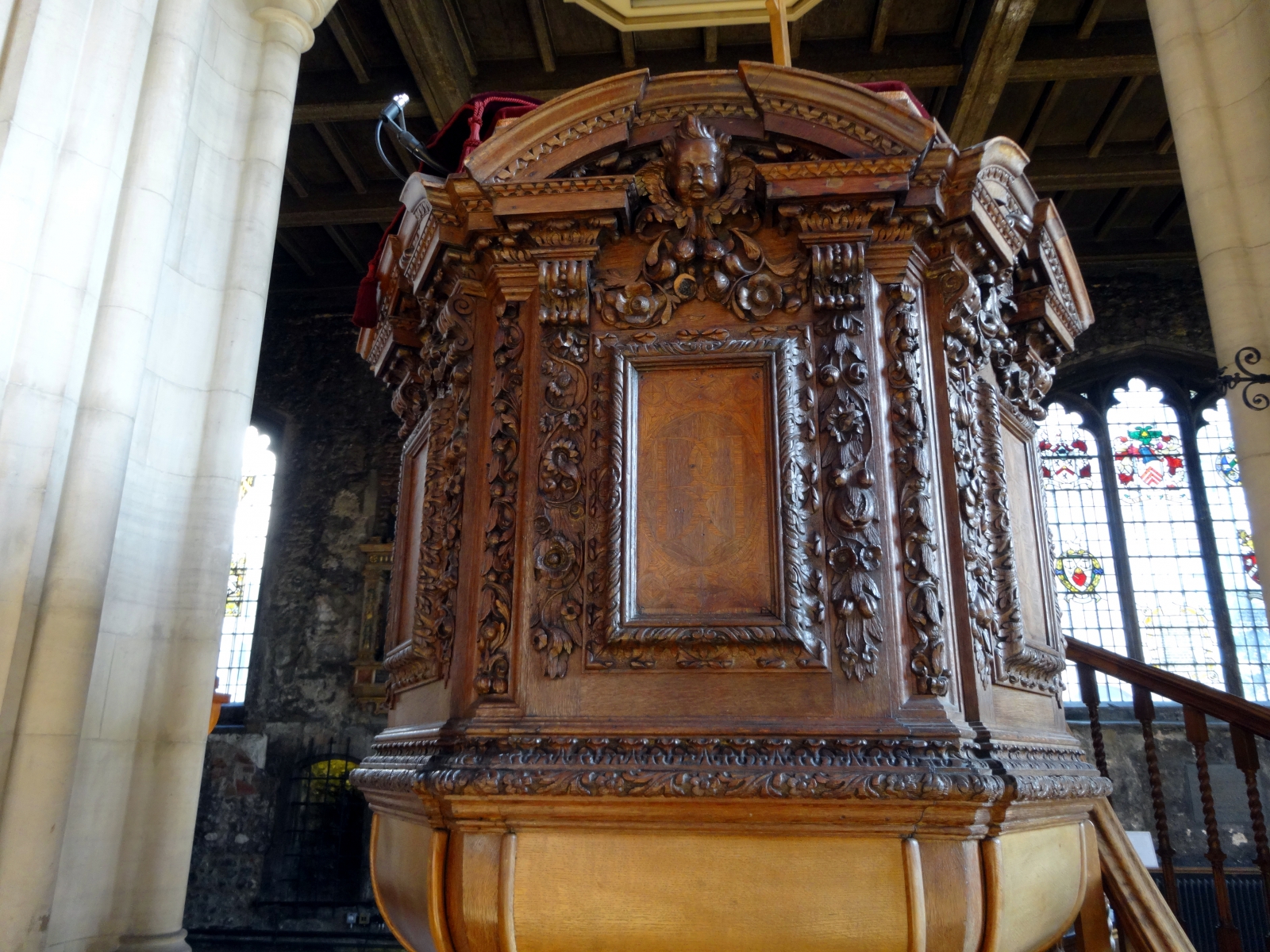
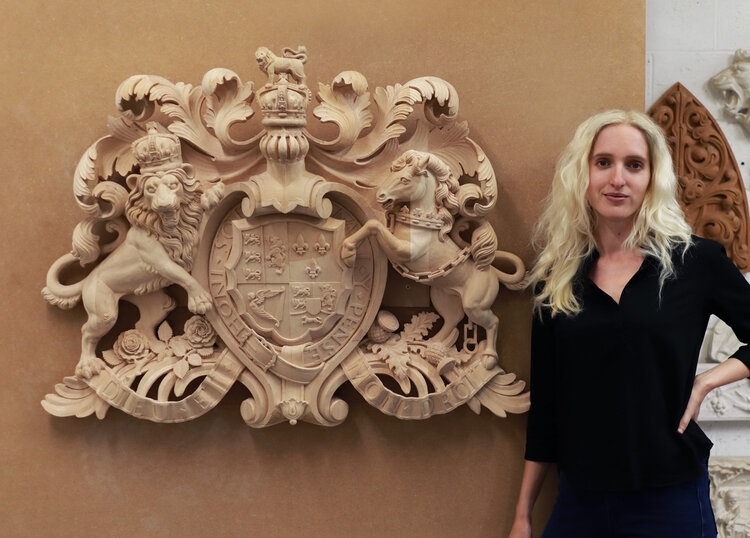
I was lucky enough to have been involved with David Easterly in the making of carved with love ,and so sad to hear of his passing , I admired immensely ..
Thanks for the comment Shane. I too had a brief encounter with David and am also sad to see that he passed too early. He could have had many more years to make beauty.
For others tripping across this, be aware: Shane Raven is yet another expert carver who often carves like Gibbons. Watch a bit about him from the BBC special about Gibbons. Shane is featured for several minutes in that piece. See: https://www.youtube.com/watch?v=vUX8VPrCsjA
Until I add another page to “Carving like Gibbons” see more of Shane’s work here: https://www.corvuscarvings.co.uk/